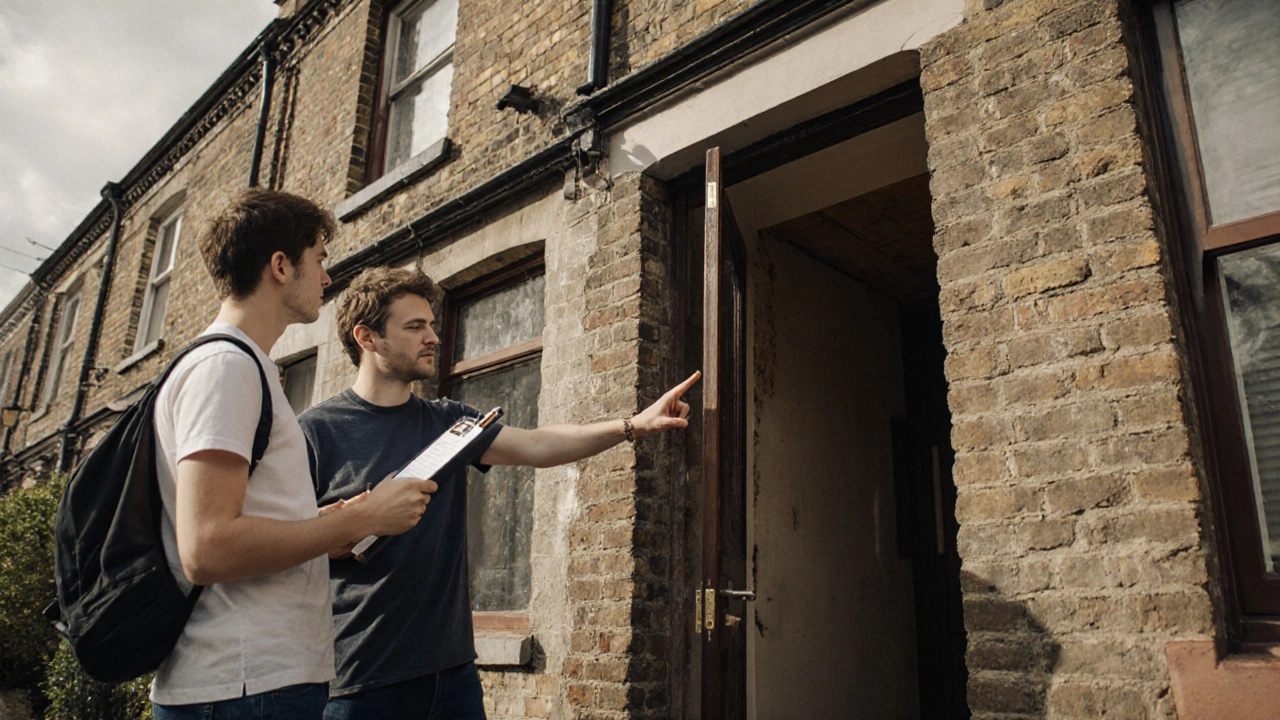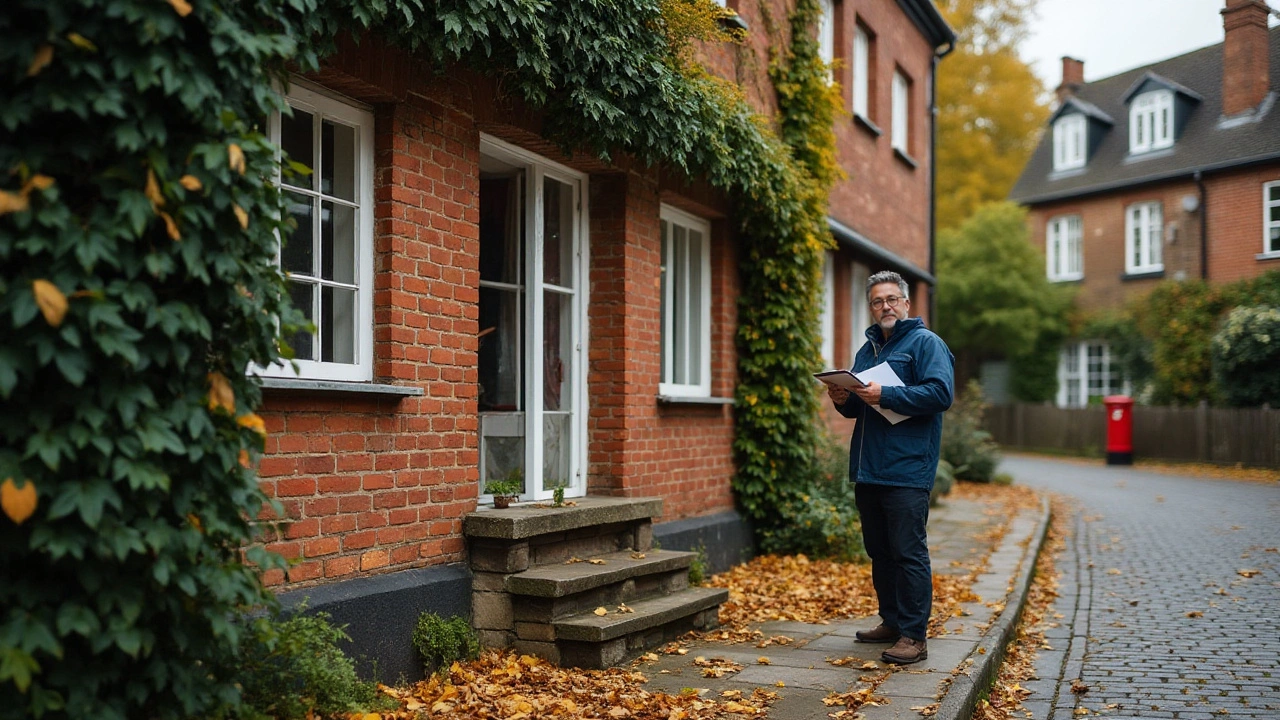Foundation Problems: What They Are and How to Deal With Them
Noticing cracks in walls, doors that won’t close, or uneven floors? Those are classic clues that your foundation might be in trouble. A weak foundation can turn a cozy home into a costly nightmare if you ignore it. The good news is you don’t need an engineering degree to catch the early signs and take action.
First, walk around the exterior of your house. Look for gaps between the brick and the foundation, water pooling near the base, or any bulging sections. Inside, check for doors and windows that stick, ceilings that dip, or new cracks between plumbing fixtures. These symptoms usually point to movement in the slab or footings.
Common Causes of Foundation Issues
Most foundation problems stem from moisture. Heavy rains, poor drainage, and high groundwater levels can soak the soil, making it expand or shrink. When the ground moves, the foundation follows. Another frequent culprit is soil type—clay soils shrink a lot in dry weather, creating gaps under the footing.
Construction errors also play a role. If the foundation wasn’t poured correctly, or if the footings are too shallow for the load, the structure can settle unevenly. Even small shifts can create visible damage over time.
Practical Steps to Diagnose and Fix
Start with a simple DIY inspection. Use a level on a straight piece of wood across floor joists; if it rocks, the floor isn’t level. Measure the width of doors and windows—if they’re wider than when first installed, the frame may be moving.
Once you’ve spotted the problem, address water first. Install gutters, extend downspouts away from the house, and grade the soil to slope away from the foundation. A French drain or interior sump pump can help if water keeps seeping in.
If cracks are wider than a hairline, you’ll need a professional. They’ll assess whether a repair method like piering, underpinning, or slabjacking is needed. Piering involves driving steel shafts deep into stable soil and attaching them to the foundation to lift it back into place. Underpinning adds new footings underneath the existing ones. Both can be pricey, but they stop the damage from spreading.
For minor cracks, an epoxy filler works well. Clean the crack, inject the epoxy, and let it cure. This seals out moisture and restores the structural integrity of the concrete.
Don’t forget to keep an eye on the repair. Re‑check doors, windows, and level readings every few months. If new movement appears, it could mean the underlying issue wasn’t fully resolved.
In short, early detection, proper drainage, and timely repairs keep foundation problems from turning into a huge expense. If you’re unsure, a quick call to a reputable contractor can save you a lot of headaches later.
Buying a Home with Foundation Issues: Risks, Costs & How to Decide
- Gavin Whitaker
- |
- |
- 0
Learn how to evaluate, negotiate, and finance a house with foundation problems, with clear steps, cost ranges, and a handy decision checklist.
View moreFoundation Problems: Proven Solutions for Long-Lasting Home Stability
- Gavin Whitaker
- |
- |
- 0
Learn how to spot, address, and fix foundation problems. Discover proven methods, expert tips, and what repairs really work so your home stays strong.
View moreCommon Foundation Issues in Older Homes and How to Address Them
- Gavin Whitaker
- |
- |
- 0
Older homes often come with a unique charm, but they may also exhibit signs of foundation problems due to their age and the materials used during construction. Shifts in the earth, water damage, and outdated building techniques can contribute to these concerns. Before remedial actions can be taken, it's crucial to understand the common symptoms of foundation issues. This article explores the common problems found in older homes and provides tips on how homeowners can address and prevent these structural woes.
View more

